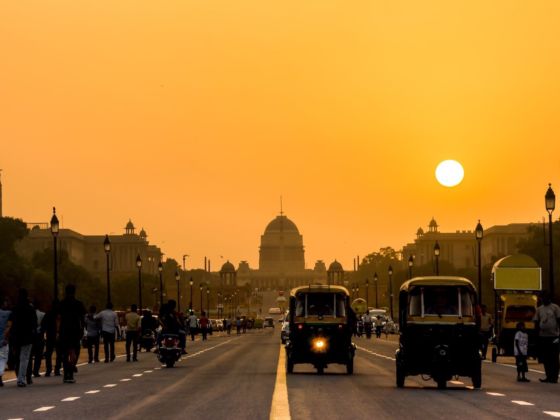A few days before I arrived in India for the first time, a young Indian woman was tortured and gang raped by six Indian men in the nation’s capital, setting off a massive wave of protests.
As I read about this awful story, I was reminded of two novels that had inspired my trip to India: A Passage to India by E. M. Forster (1924) and Jewel in the Crown (1966) by Paul Scott, both stories of highly charged accusations of rape which inspired nationwide protests.
